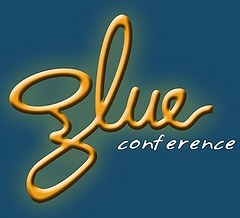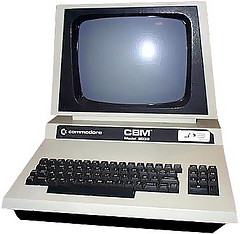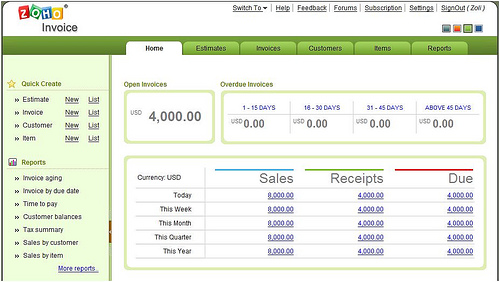 It took five years, but the personal computing nirvana vision I first heard from Zoho CEO Sridhar Vembu is becoming reality. The concept that I discussed in The Cell-Phone Aware PC May Be a PC-less PC, and other posts is simple. Instead of a plethora of situational devices with redundant computing capacity, carry around just one powerful mobile device, which:
It took five years, but the personal computing nirvana vision I first heard from Zoho CEO Sridhar Vembu is becoming reality. The concept that I discussed in The Cell-Phone Aware PC May Be a PC-less PC, and other posts is simple. Instead of a plethora of situational devices with redundant computing capacity, carry around just one powerful mobile device, which:
- brings connectivity, the browser and personalization, with
- data and apps in the cloud, while
- the actual devices we interact with are inexpensive displays and keyboards (and other peripherals) that come in various shapes and sizes, truly focusing on usability, ergonomics and convenience.
The first product that gets quite close to the vision is the Motorola Atrix 4G…

(Cross-posted @ CloudAve » Zoli Erdos)

 What is Glue?
What is Glue? ) VC and Blogger Fred Wilson aptly calls it
) VC and Blogger Fred Wilson aptly calls it 
 ). Read their thought-provoking post on
). Read their thought-provoking post on  But I’ll share a secret: they will all come together in Denver, on May 12-13 of this year. Will you be there?
But I’ll share a secret: they will all come together in Denver, on May 12-13 of this year. Will you be there? I’ve discussed earlier how
I’ve discussed earlier how 
 How old is your work computer?
How old is your work computer? Hardly
Hardly The New York Times ran an article this week:
The New York Times ran an article this week:  Finally, a word on connectivity and prices: Wifi gets you online almost, but not all the time, so obviously a 3G connection is a useful addition to your netbook. But you will pay for 3G data usage, so why don’t carriers subsidize your netbook purchase, like they do with cell phones? The day will come, as the WSJ reports, HP may be one of the first to introduce such a model:
Finally, a word on connectivity and prices: Wifi gets you online almost, but not all the time, so obviously a 3G connection is a useful addition to your netbook. But you will pay for 3G data usage, so why don’t carriers subsidize your netbook purchase, like they do with cell phones? The day will come, as the WSJ reports, HP may be one of the first to introduce such a model: 

 Yes, the title isn’t a mistake: TechCrunch is no longer just powerful media, Mike now can single-handedly release new products.
Yes, the title isn’t a mistake: TechCrunch is no longer just powerful media, Mike now can single-handedly release new products.




 Three weeks ago I
Three weeks ago I  The interface is familiar from good old JotSpot (as a sidenote, the old JotSpot accounts are still alive at name.jot.com). There’s a basic wysiwyg editor, the Edit button is large and visible, and so is the New Page button. Good old JotSpot had several more ways of creating new pages, which are gone – perhaps for the best:
The interface is familiar from good old JotSpot (as a sidenote, the old JotSpot accounts are still alive at name.jot.com). There’s a basic wysiwyg editor, the Edit button is large and visible, and so is the New Page button. Good old JotSpot had several more ways of creating new pages, which are gone – perhaps for the best: )
)
 ) Google now has a pretty good and easy web-page creator with some wiki features made user-friendly, and a half-hearted attempt at integrating the rest of the Apps empire using Sites. Perhaps they get it right in the next release.
) Google now has a pretty good and easy web-page creator with some wiki features made user-friendly, and a half-hearted attempt at integrating the rest of the Apps empire using Sites. Perhaps they get it right in the next release.


Recent Comments